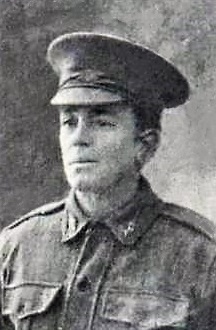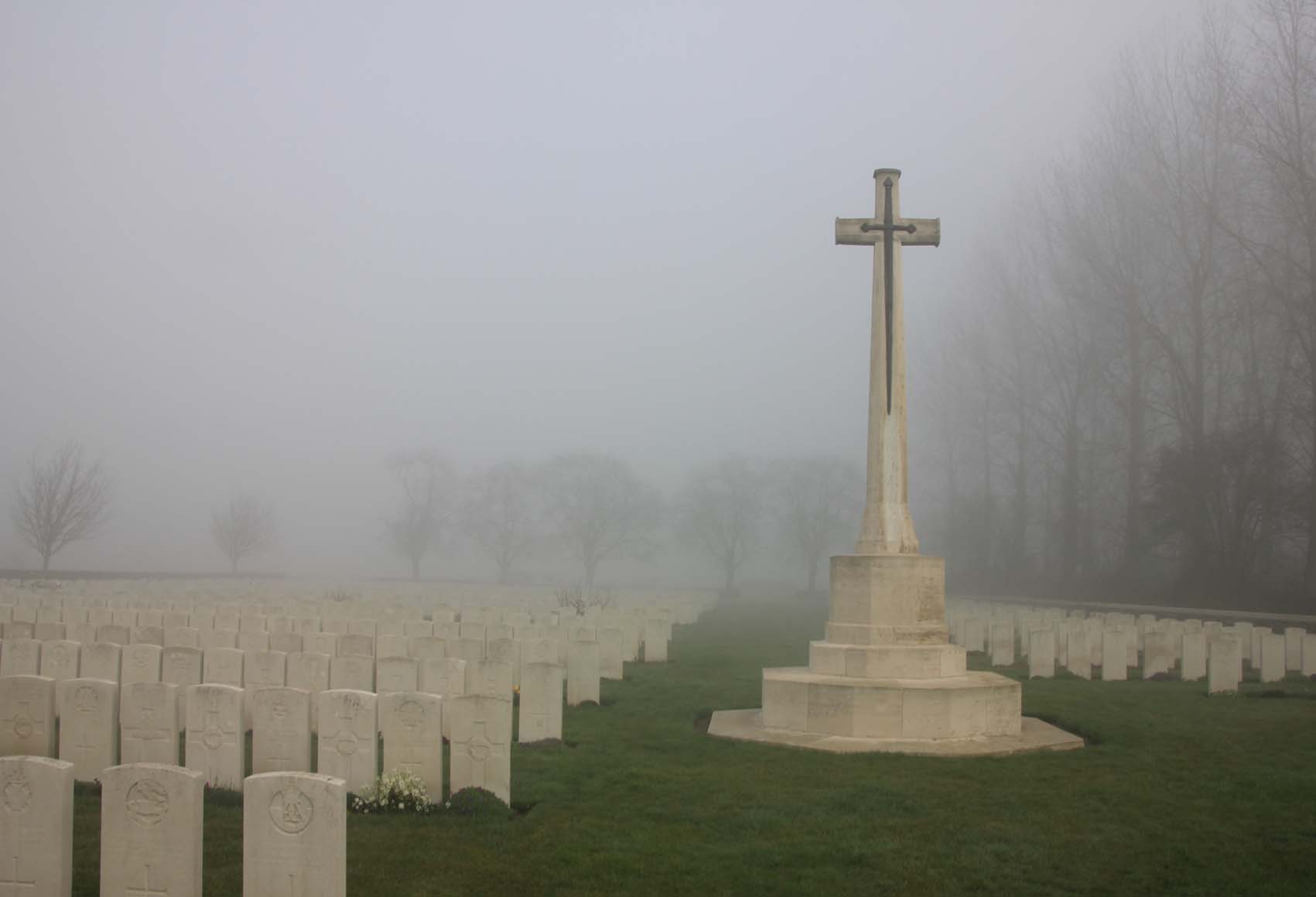The deaths of thousands of young men in the Great War represented a tragic waste of potential for their families and society at large. However, there was another level of loss – that of mature men already established in life with families, careers and commitments, a tragic loss that also reverberated through the decades that followed the War. Such a loss to Toowoomba and his family was Philip Lewis Thomas. Philip Thomas enlisted in Toowoomba, the city of his birth, on 10 April 1916. He was a married man turning 42 years of age and he stated his wife Annie Hodge Thomas, c/- the Wilsonton P.O., as his NOK. He also stated that he had five children under 16 years of age. A sixth child was born after Philip departed for overseas service.
Annie Thomas and her children later moved to “Ardeen” at Spring Creek, Drayton, from where she conducted correspondence with the army until 1923. She also sent details to the historian, Charles Bean, informing him that Philip had been a student of the Toowoomba Grammar School, worked as a crown-land ranger and was a trained surveyor.
Philip’s parents were Alfred and Jane Thomas; Alfred was a significant Toowoomba identity. He had been instrumental in the construction of several railways in the area including the Range-crossing. He drowned in Sydney in 1882 and a memorial to him was erected by popular subscription at the intersection of Margaret and Ruthven Streets. About a decade later it was moved to the Botanic Gardens (Queen’s Park Gardens) near Campbell Street, where it remains a noted landmark to this day. In 1921 the original site became the site of the Mothers’ Memorial until it too was moved in 1985 to the East Creek Park. Philip was also a noted local cricketer who had scored impressively as a batsman in Toowoomba against the touring English team.
Philip Thomas began training at Enoggera in the 11th Depot Battalion. He was 5’9” tall, weighed 146 pounds, with a medium complexion, brown eyes and greyish hair, and was a member of the Church of England religion. With a year’s service already in the infantry, plus his maturity and experience, it seems he embarked early for Europe. He was posted to the 3/42nd and sailed from Brisbane on 7 September 1916 aboard A46 Clan Macgillivray. He reached England on 2 November.
Philip was now a member of a Queensland battalion of the new 3rd Division. The infantry of this division, the last AIF division to be deployed, left for France while Philip was in camp in England. He sailed across the Channel on 20 December to spend a short time in transit at the huge depot facility at Etaples. He was sick for a short time with an unspecified illness, serious enough to be placed in isolation for some weeks. It delayed his joining the battalion until 1 March 1917.
Now at the front-line Philip settled into battalion life. He was known as “Phil” to his mates, though to many, he was no doubt a sort of father-figure. The battalion was serving in the border region of France and Belgium. Phil Thomas would see all of his front-line service within a few kilometres of this point near Armentieres.
In late May the division moved north to the sector at Messines Ridge. The Allies were planning a massive assault on the German positions atop the ridge as a prelude to the major offensive of the year at Ypres in Belgium. To ensure the capture of the ridge 21 huge mines had been placed in tunnels under the German lines. The explosion of the mines on 7 June 1917 was the subject of the Australian film Beneath Hill 60. Phil Thomas would have been an eye-witness to an event that was heard in London and Dublin, perhaps the biggest explosion in history before the nuclear age. He was then part of the surge of infantry who went over the top immediately afterwards to seize the German positions.
The attack was considered a success in 1917, but the men had then to survive days of a fierce German counter-attack by infantry and artillery. The battle raged until late in the month. In the three weeks after the mines exploded the Australians suffered 7000 casualties. On 10 June Phil Thomas was wounded in action. He was evacuated to the 9th Field Ambulance; his injuries were very serious, described as “GSW buttock, leg, abdomen”. He was then moved a few kilometres further back to the 2nd Australian CCS. Although infections were a great risk, the abdominal injury was the greatest danger even if vital organs were not damaged. Phil died at the CCS on 20 June, ten days after his wounding. He was buried nearby in a ceremony conducted by the chaplain, Rev. G.K. Tucker. Today he lies in Trois Arbres Cemetery at Steenwerck, France (grave I.P.41). The Red Cross received statements from Pte Bridges and L/Corporal Howe describing Phil’s wounding and evacuation. These statements were normally sent to families in Australia after the war.
One of the six children Phil left behind in Toowoomba was Jack who was killed in air operations in Europe in the Second World War while flying with Bomber Command as a member of the RAAF. The father/son combination in two world wars is believed to be unique on the Toowoomba Mothers’ Memorial.
Toowoomba Grammar School Archive Records state that he started school on 29th January 1881 ad left 3rd October 1892. The School Magazine of November 1917 states, ‘THOMAS, PHILIP L.-At School 1889-1891. Represented Toowoomba in football and Cricket-Died of wounds received in France, June, 1917.’
External Links:
Australian Red Cross Society Wounded and Missing
AWM4 AIF 23/59/8 42ND BN June 1917
Australian War Memorial Honour Roll
Australian National Archives Military Records
https://www.awm.gov.au/collection/C1344044
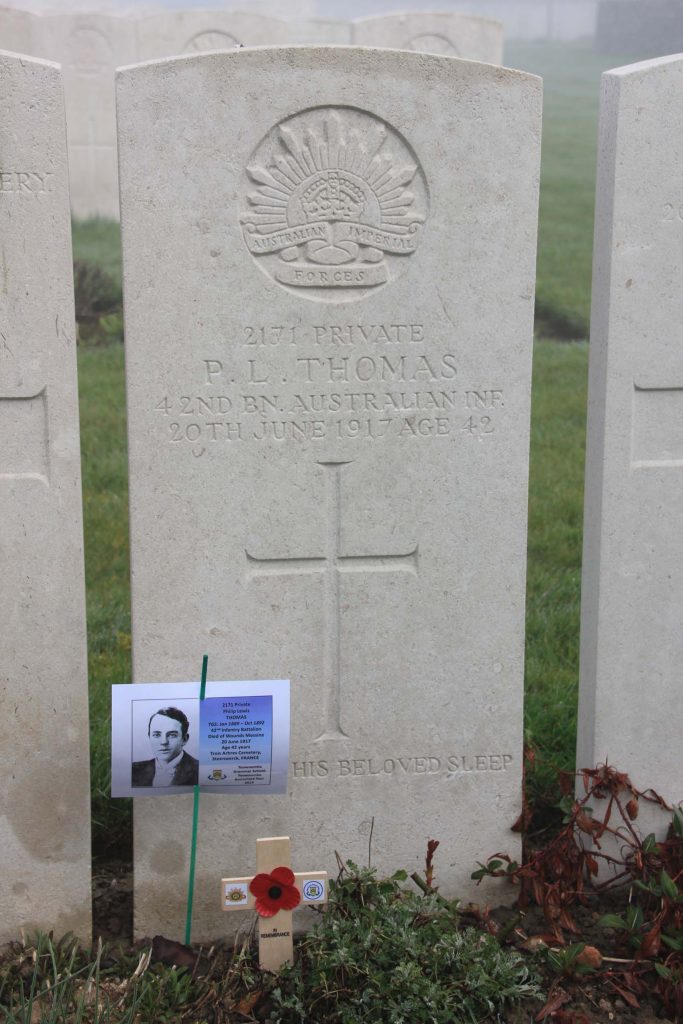
Headstone for PL Thomas taken by Ann Hallam
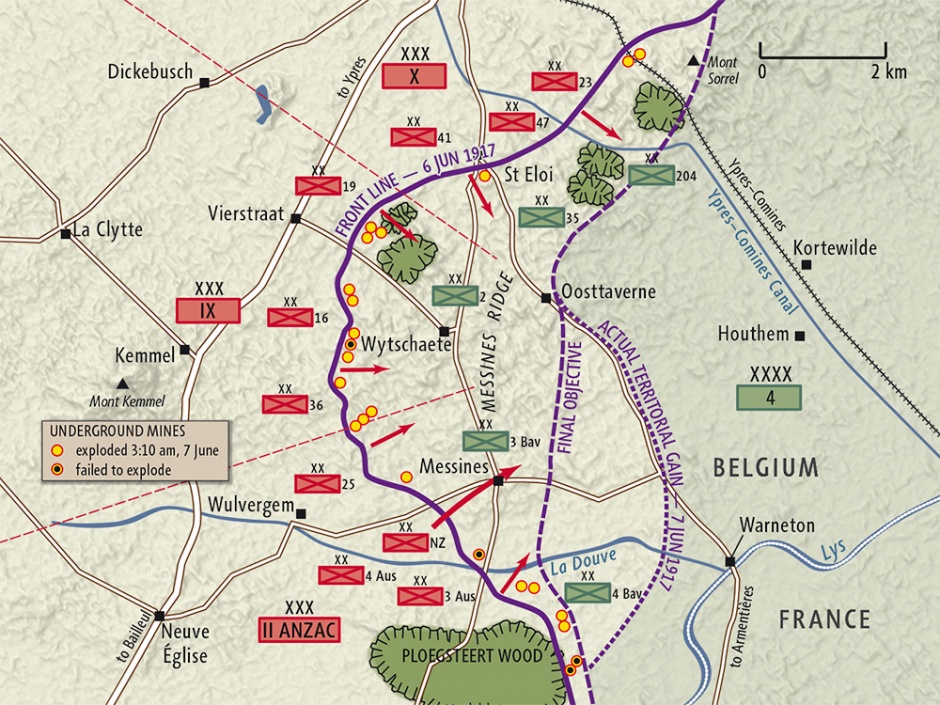
Messines Map June 1917
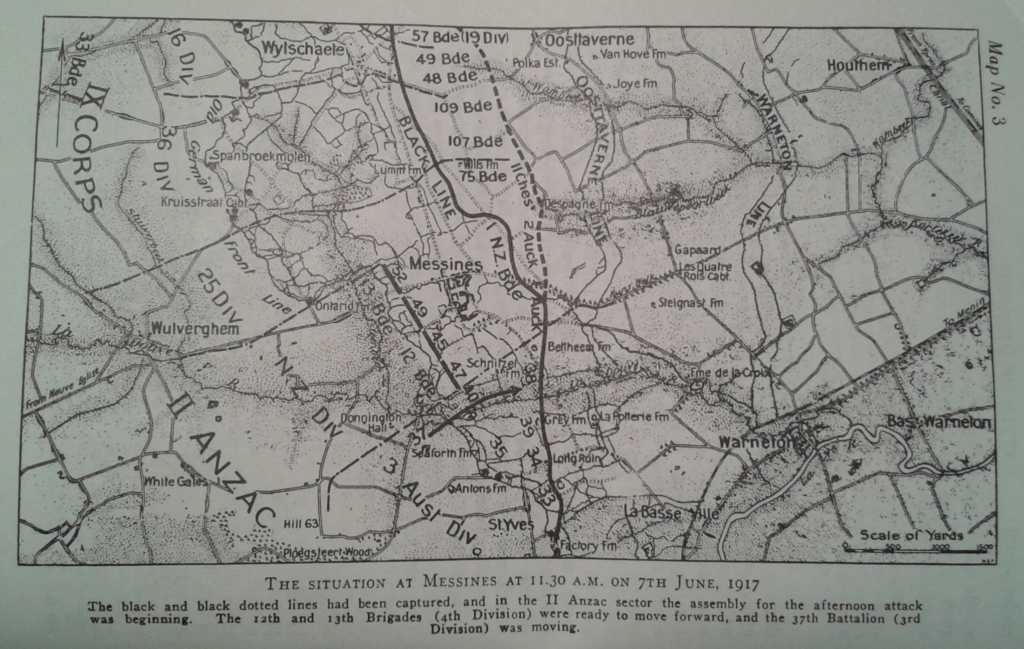
The Situation at Messines at 11.30am on 7 June 1917
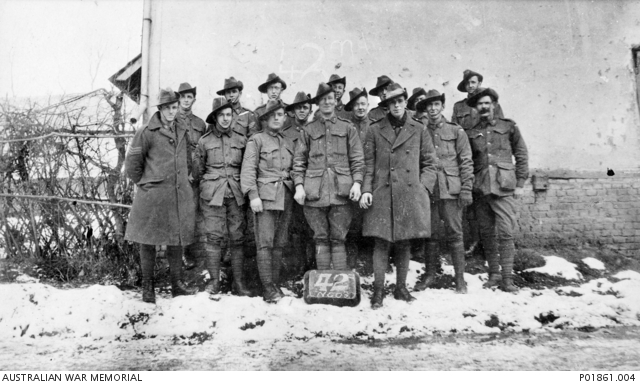
42nd Battalion in winter
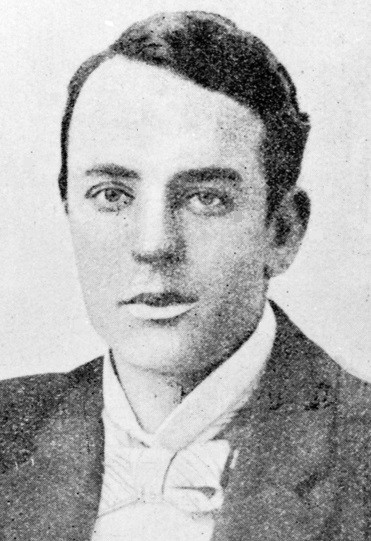
Studio portrait of Philip Lewis Thomas, of Toowoomba, Qld. He later enlisted as a Private (Pte) in the 42nd Battalion, AIF, with the regimental number 3171 on 10 April 1916. Pte Thomas embarked from Brisbane aboard HMAT Clan McGillivray on 7 September 1916. He died on 20 June 1917, after being wounded at Messines, Belgium, aged 42. – RSL Virtual Memory
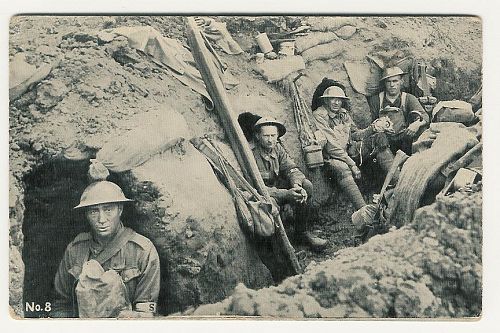
Postcard remembering the 42nd Battalion
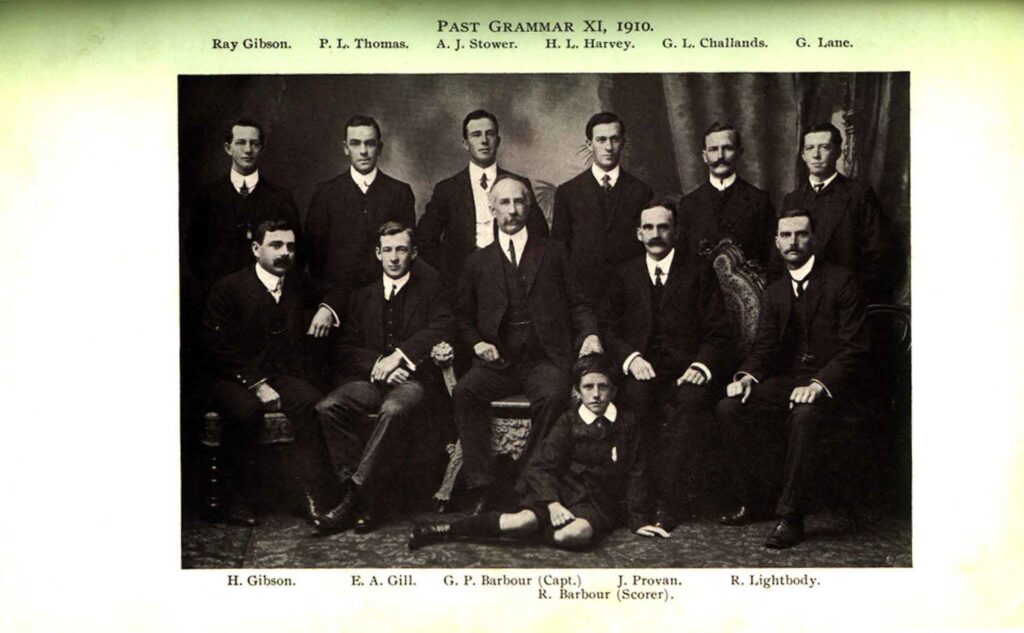
Past TGS XI 1910


